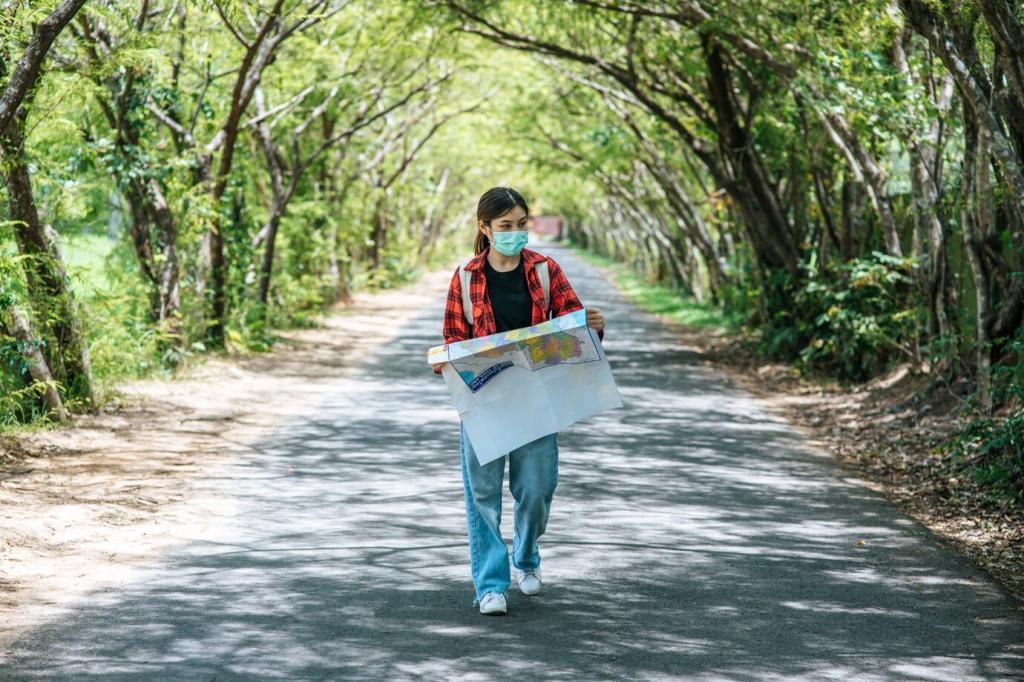Planning an Ethical Wildlife Trip
Look for operators who publish animal welfare policies, cap group sizes, train guides in minimal-impact practices, and disclose how fees support conservation. Ethical certifications and transparent reporting matter. Responsible Wildlife Tourism begins with research—email providers with specific questions and favor those who answer clearly rather than vaguely.
Planning an Ethical Wildlife Trip
Choose seasons that minimize stress on animals, such as avoiding nesting, denning, or calving periods. Responsible Wildlife Tourism respects natural rhythms: fewer disturbances, quieter encounters, and healthier habitats. Ask local experts about sensitive times, and be ready to reschedule if conditions suggest wildlife needs extra space.
Planning an Ethical Wildlife Trip
Bring binoculars to keep distance, a refillable bottle to reduce plastic, neutral clothing that blends into landscapes, and a red-light headlamp that preserves nocturnal behavior. Responsible Wildlife Tourism travels light and leaves light footprints. Share your packing tips in the comments to help fellow travelers prepare thoughtfully.

